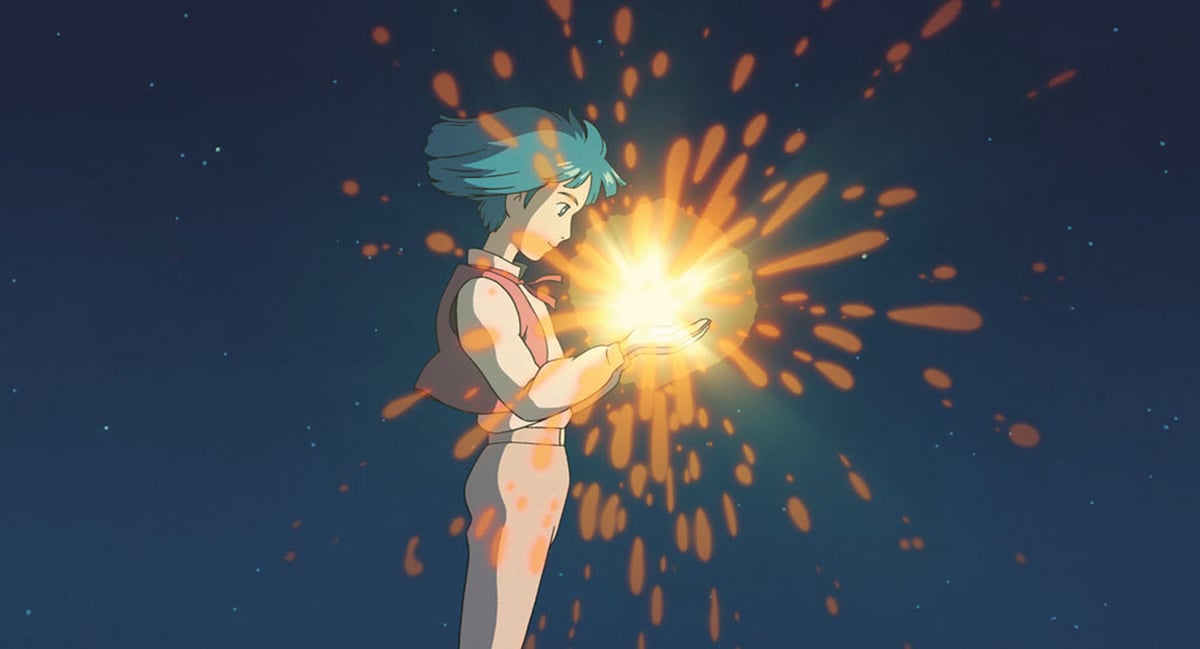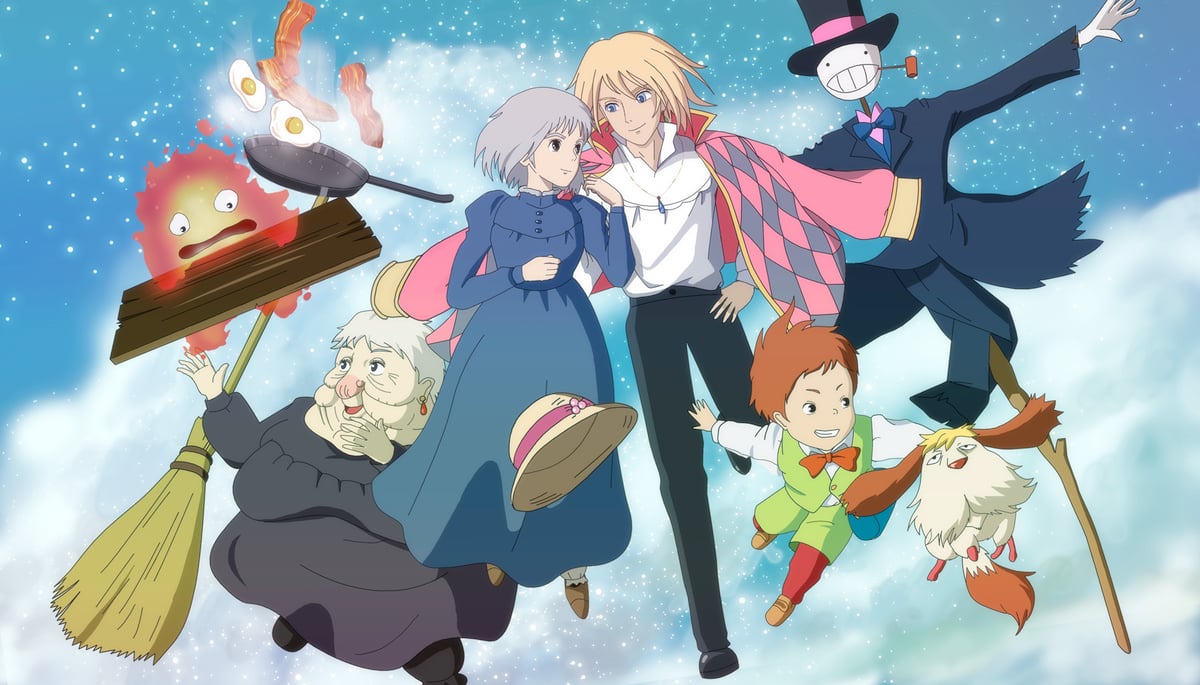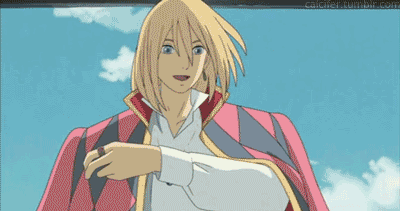The hidden heart of Howl’s Moving Castle

Hayao Miyazaki is our Ovid, a fluent, majestic storyteller with a gift for deep connections and sudden transformations. At the end of his career, he’s rightfully acquired a reputation as a curmudgeon, a traditionalist with a dim view of human nature and our technological prostheses. I worry that this obscures the other Miyazaki, the environmentalist pacifist, a perfectionist who nevertheless sought and found miracles in everyday life. In the 1990s and early 2000s, this was the only Miyazaki we knew. We saw him much more dimly then, but I do not know if we see him better now.
My favorite Miyazaki film is 2004’s Howl’s Moving Castle. I would not say it is his best, his most beautiful, or his most perfectly realized. Princess Mononoke is more epic, more careful in its throughlines and narrative choices. The Wind Rises is more personal, more human and moving. Spirited Away is a masterpiece of story, art, and character, every scene and frame indelible. Nausicaa: Valley of the Wind and My Neighbor Totoro will last forever in a way that Howl’s Moving Castle may not.
None of this matters: Howl’s Moving Castle is my Miyazaki film; you may choose your own.

A number of Miyazaki’s films deal with fractured and unlikely families. It is probably fair to say the residents of Howl’s castle are the unlikeliest.
At the same time, despite their differences in appearance and circumstance, the characters are all so much like each other. It is as if each one stands in for different sides of all the others, like the brothers of The Brothers Karamazov.
Howl, Sophie, Calcifer, Markl, the Witch of the Waste, and Turnip-Head are all, in one way or another, shapeshifters. Some of them by choice, others by curse; the choices become curses, the curses choices. They are all orphans. Before we meet any of them, we learn that they have committed themselves to something that they did not fully understand, which they would undo if they could, but which they are powerless to speak about or tackle on their own. They are all fearless and cowardly, timid and reckless. They understand each other in ways outsiders never could.
In most Miyazaki movies, he resists turning the narrative into a love story. In Howl’s Moving Castle, he resists his own resistance. All of the characters are in love with each other. Instead, they have to learn how to accept love. There are lessons in this.
Inside each of us is a little boy, a shy, lovesick girl with a curse, a demon made of fire, and a shape-shifting wizard with no heart.
— Dr. Time (@tcarmody) October 5, 2015
Here I have to confess that I have never read the Diana Wynne Jones novel on which the movie is based, or any of the others in the World of Howl series.
I have a friend who is an enormous fan of Morrissey and The Smiths, who collects anything and everything associated with the singer, but has refused multiple opportunities to meet him in person. “My relationship with him now, exactly as it is, is perfect,” she says. “It could only change for the worse.” This is how I feel about reading Howl’s Moving Castle.
The story’s plot is about as coherent as the castle itself. It’s a dozen stories bolted together, creaking and wheezing, pieces falling off, until it collapses altogether. Like other Miyazaki films, we’re thrown into a world we don’t understand, and gradually the universe’s rules are revealed.
But the rules somehow never really pay off. Sophie’s curse is never really broken, by Calcifer, the Witch of the Waste, or anyone else. It just unwinds itself. The climactic moment, where Sophie travels into the past to see the first meeting of Howl and Calcifer, offers no attempt at explanation. (Like Dante into the Inferno, Sophie just trudges into a hole in the ground, a mute dog as her silent Virgil.) All the plot lines end simultaneously not really due to any underlying logic but because the movie simply runs out of time.
None of this matters. Like Turnip-Head, I will throw myself in front of this film’s catastrophic collapse to protect its characters, not because I am strong, but because it is my turn.
I asked my friend Margarita Noriega, a digital strategist, social media genius, and Miyazaki fan, to tell me what she finds compelling in Howl:
Howl’s castle, like many of Miyazaki’s objects-come-alive, is powered by a terrific, dazzling magic that contradicts itself. It has an opalite quality, akin to a clear opaqueness. To his enemies, the magic all around Howl is a sinister curse in need of purging by the righteous. To his friends, it can heal a broken heart or give flight to the grounded.
What kind of thing can make one person see evil and good? In Howl’s world, like ours, perspective is everything. The indescribable beauty of living and loving is a contradiction to the realities of aging, death, and war. It is magic because it is a power which defies a dark reality.
The most relatable thing about Howl, Sophie, and the other residents of the castle is how they experience emotions so big and so complex that they don’t fully understand them. They don’t understand each other’s motives. They don’t understand their own. But somehow they learn to trust and care for each other anyways. And that care — not power, knowledge, or any other transaction — manages to save them.






Stay Connected